 October 2019
Skyrora – building on British space heritage
October 2019
Skyrora – building on British space heritage
...services for small satellites of up to 335 kg to polar and sun-synchronous orbits launching from one of three candidate...will be capable of lofting payloads of about 335 kg into near-polar and sun-synchronous orbits at an altitude of around 500 km. The...
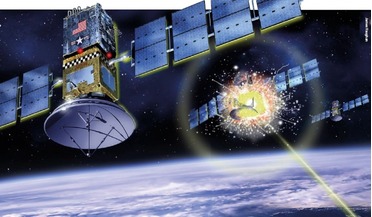 January 2021
Spacepower and international relations
January 2021
Spacepower and international relations
... the lens of spacepower, there is increasing justification to think in terms of multipolarity, or at the very least not in uni- or bi-polarity. Scholars and practitioners in strategy and international relations must grapple with the notion that space...
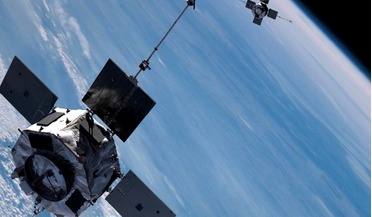 October 2019
Electric orbit raising and space weather
October 2019
Electric orbit raising and space weather
... poles and into Earth’s atmosphere, resulting in magnificent auroral displays studied using ground-based instrumentation placed in polar regions. The trapped particles that constitute the Van Allen belts (protons and electrons) pose a serious...
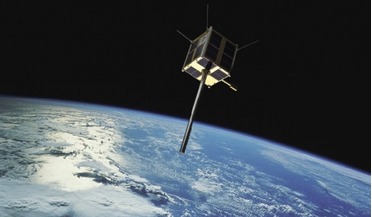 April 2021
Norway’s pioneering use of microsatellites
April 2021
Norway’s pioneering use of microsatellites
... ships that could thus be positioned, identified and tracked, as a tool for improving maritime surveillance in open waters. A polar orbit would ensure frequent (every 90 min) coverage of the northernmost areas. AISSat-1 signals captured over a 1,250...
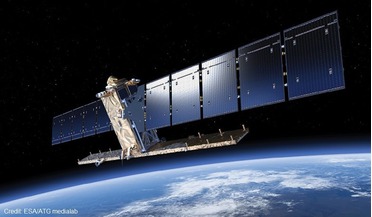 October 2015
Copernicus, ESA’s most ambitious Earth Observation programme
October 2015
Copernicus, ESA’s most ambitious Earth Observation programme
...missions. The first European Remote Sensing Satellite (ERS-1) launched in 1991. It was ESA’s first sun-synchronous polar-orbiting remote sensing mission. ERS-1 carried a comprehensive payload including an imaging Synthetic Aperture Radar (SAR), radar...
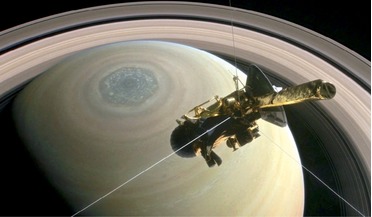 October 2017
Cassini observations open up Saturn’s atmosphere
October 2017
Cassini observations open up Saturn’s atmosphere
...- latitude. It goes without saying that it is an exciting prospect as to whether we’ll see further evidence of such polygonal waves and polar cyclones on the other giants of our solar system. Planet-encircling storms Many of the north-south contrasts...